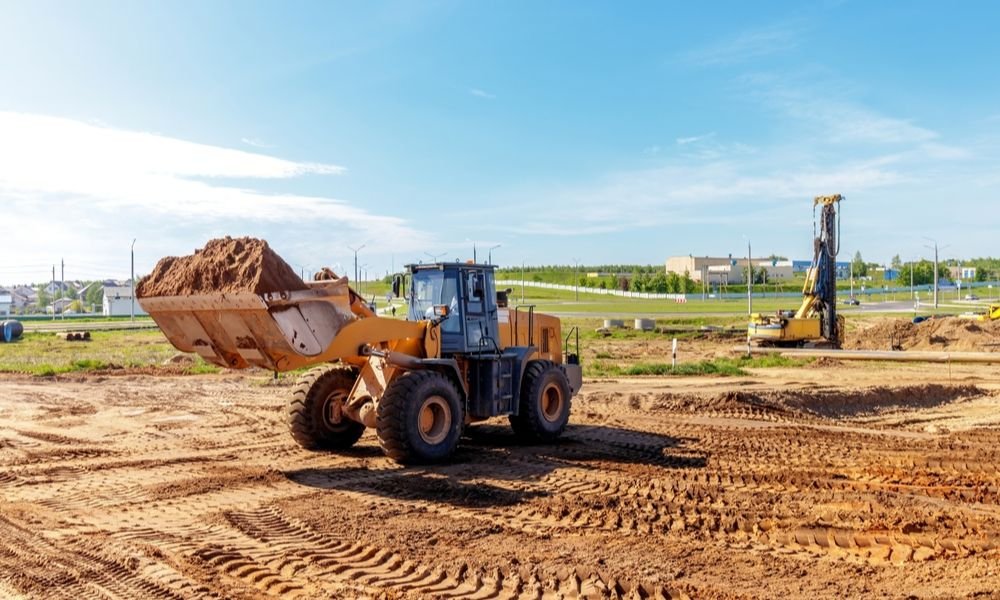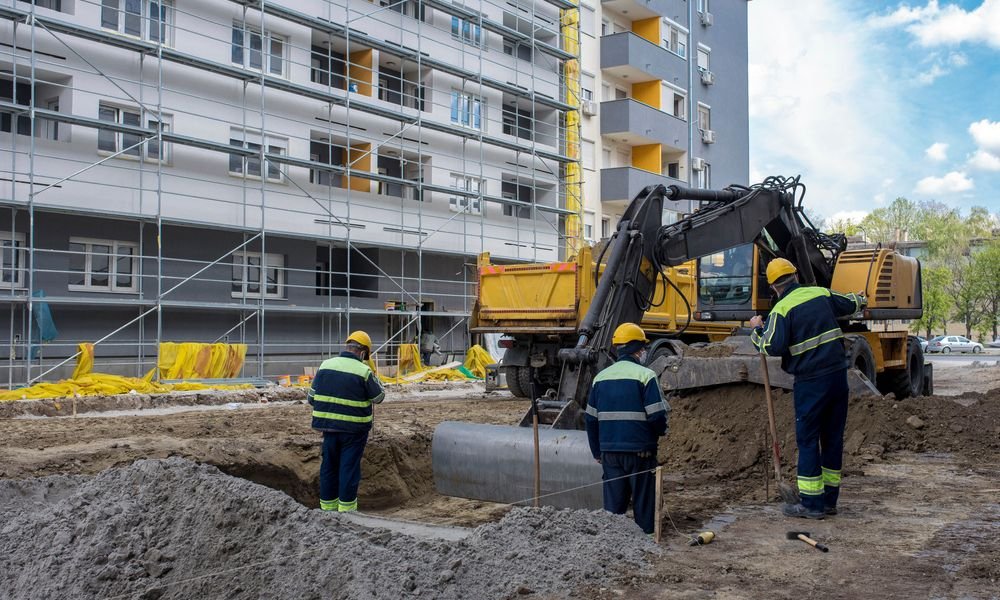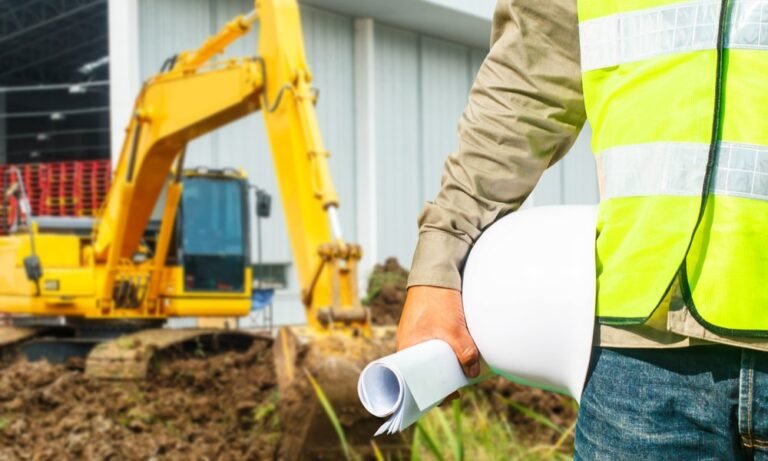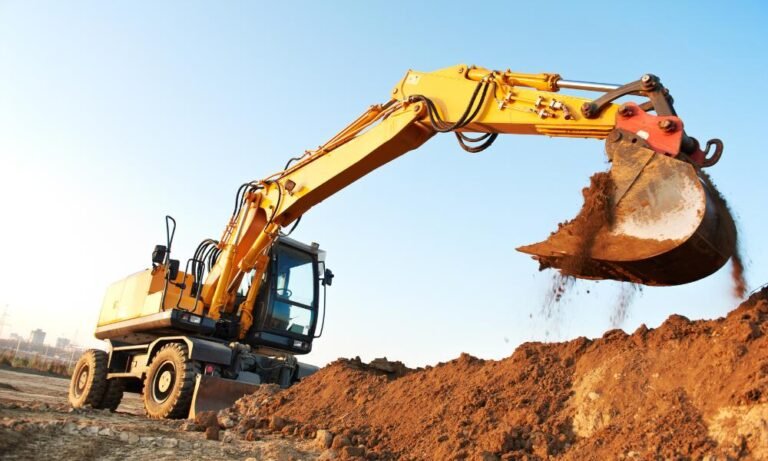Estimated reading time: 6 minutes
Excavation is the first step in almost every construction project. Whether you’re building a home, installing a foundation for a commercial space, or clearing land for a new development, proper excavation preparation is essential for success. But how do excavation services prepare your land for construction? In this article, I’ll walk you through the steps I take to ensure your land is prepped and ready for whatever project you have in mind.
Here’s what you’ll learn:
- The key steps to prepare your land for excavation.
- Why clearing the area and identifying utilities is a must.
- The importance of safety and proper access for excavation equipment.
- How to stay on track with permits and timelines for a smooth project.
Assess the Scope of Your Project
Before the dirt starts flying, I always begin with understanding exactly what needs to be done. The type of excavation required will vary based on the project at hand. Whether you’re installing utilities, leveling the ground for landscaping, or digging for foundations, the scope will dictate the prep work needed.
Don’t know what you need? That’s okay! A quick consultation can clarify things. Together, we’ll determine whether you’re looking at trenching, grading, land clearing, or something else entirely.

Clearing the Area
One of the first steps is clearing the area. This means removing anything that could get in the way. Think of it as giving the land a clean slate—no trees, shrubs, or structures left to complicate the job. Here’s what I typically tackle:
- Vegetation: Trim bushes, cut down trees, and clear out any plants that could obstruct equipment or complicate grading.
- Structures: Move any sheds, fences, or outdoor furniture that might be standing in the way.
The goal here is to create a clean, open space that allows heavy equipment to work without hindrance. Plus, by clearing obstacles early on, we avoid any potential damage to your property.
Marking Utilities
When preparing land for excavation, the last thing you want is to hit a utility line. That’s why marking utilities before we dig is crucial. Whether it’s water lines, gas pipes, or electrical cables, these things need to be properly identified to avoid costly mistakes and, most importantly, keep the excavation team safe.
Call Before You Dig:
Many regions require you to call a utility service to mark the location of utilities. In the U.S., this service is often free, and it helps prevent accidental damage.
Mark the Areas:
Once we know where the utilities are, I’ll make sure they’re clearly marked with flags or paint so we can avoid them during the work.
Properly marking utilities isn’t just about avoiding costly repairs—it’s about safety. I’ve seen too many projects go off-track due to unmarked lines, and trust me, it’s always better to be safe than sorry.
Permits—Don’t Skip This Step!
Depending on your location and the type of excavation work, you might need a permit. I can’t stress enough how important it is to check this in advance. Operating without the proper permits can lead to fines or, worse, a halt on the entire project.
Consult Local Authorities:
Check with your local government or zoning office to find out what permits you might need.
Submit Applications Early:
If permits are required, I always make sure to submit applications and fees well before the excavation begins.
Being compliant with local regulations keeps your project legal and ensures there are no surprises down the line.
Creating a Safe Work Zone
Safety always comes first. Excavation sites are busy places, and heavy machinery can be dangerous if the area isn’t properly secured. To keep everyone safe, I always take the time to create a designated work zone.
Set Up Fencing:
Installing safety fences or barricades around the excavation area keeps both people and pets out of harm’s way.
Clear Signage:
Warning signs are essential to keep passersby aware of potential hazards. It’s an easy way to prevent accidents.
By establishing clear boundaries, I protect the workers, your property, and anyone who might come near the site.

Access for Excavation Equipment
Excavators, bulldozers, backhoes—they’re big machines. They need plenty of space to move around. So, I always ensure your property is easily accessible for this heavy machinery.
Create Clear Pathways:
Sometimes, that means cutting a clear path to ensure large equipment can get in and out without any problems.
Room for Maneuvering:
I also make sure there’s enough space for the equipment to operate effectively around the site.
This makes the process faster, more efficient, and less likely to run into delays. If the equipment can move easily, we can get the job done quicker and with fewer headaches.
Discussing Timelines and Expectations
Before the shovel even hits the dirt, I always sit down with my clients to set realistic expectations about the project timeline. Construction projects often involve some disruption, and understanding what to expect can make things a lot easier.
Timeline Estimate:
I’ll give you an estimate on how long the excavation will take, so you know when to expect the heavy machinery to show up.
Noise and Dust:
Excavation is noisy and dusty, so it’s a good idea to talk about how we’ll manage those factors to minimize disruption to your daily life.
Clear communication upfront helps everyone stay on the same page and prevents misunderstandings.
Insurance—Be Sure You’re Covered
Excavation can sometimes lead to accidents or unforeseen issues. That’s why I always recommend checking your insurance coverage. It’s essential to ensure that your property is covered, or that your contractor has liability insurance to handle any potential damages.
- Review Your Coverage: Check to see if your homeowner’s insurance includes excavation work.
- Request Proof of Insurance: Don’t hesitate to ask your contractor for proof of liability insurance before work starts.
It’s always better to be safe than sorry when it comes to insurance.
Conclusion
By following these steps, you can help ensure that your property is properly prepared for excavation services. Clearing the area, marking utilities, obtaining permits, and creating a safe work zone are all vital parts of the process. It might sound like a lot, but when done right, these preparations make the excavation process run smoother, faster, and safer. The earlier you get these steps out of the way, the better the project will go.If you’re interested in learning more about excavation services or need help with a construction project, check out my excavation services blog for more information. Let’s make sure your next project is a success!



